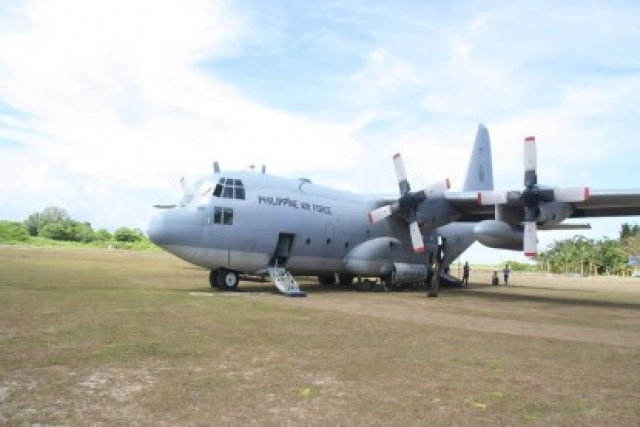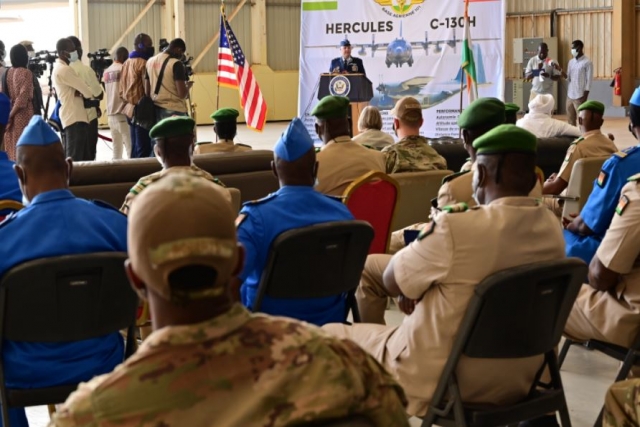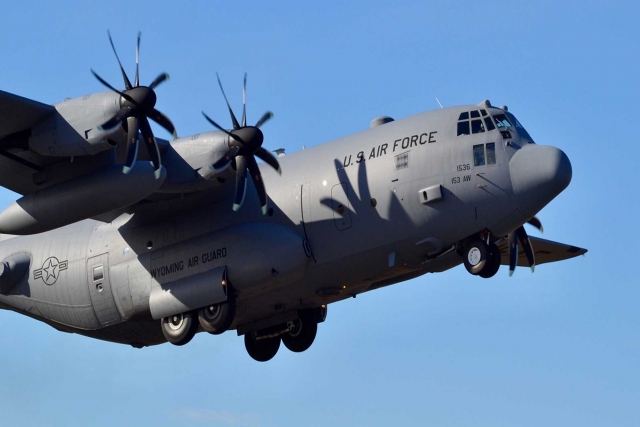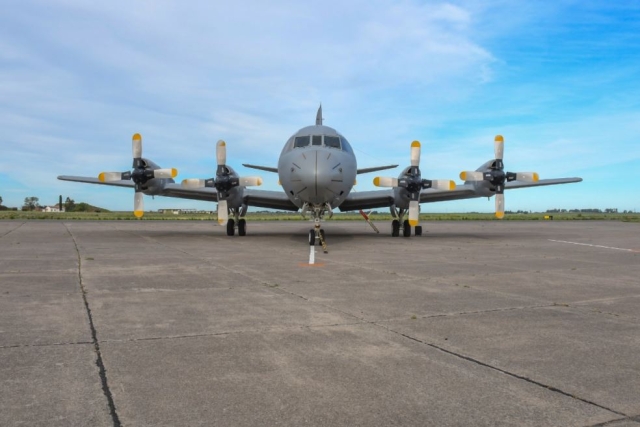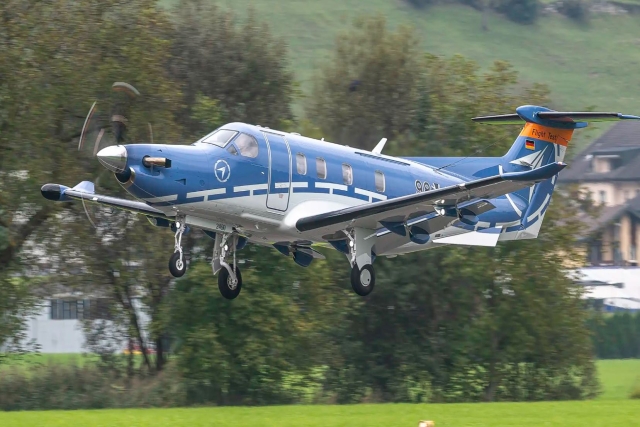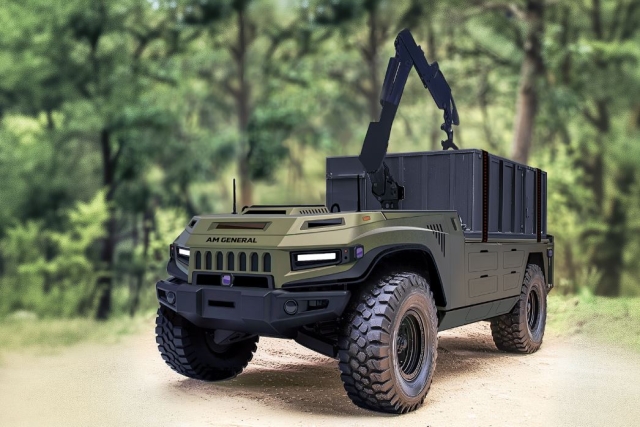C-130H Hercules Fleet Undergoes Digital Avionics Upgrade
Upgrade includes new flight management, autopilot, multifunctional displays, digital engine instruments, a digital backbone, and terrain awareness and warning.
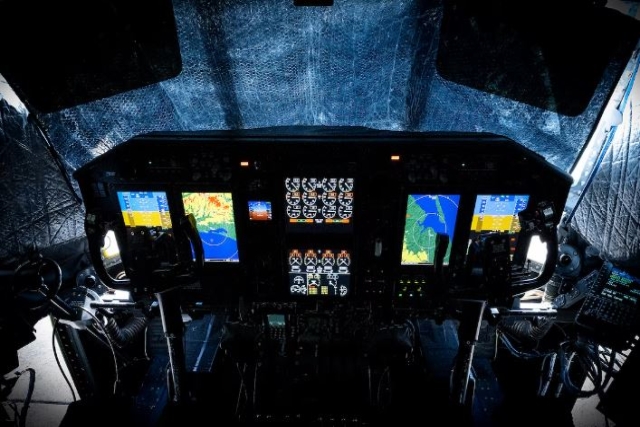
The Air Force Reserve Command's C-130H Hercules fleet is embarking on a transformation from analog to digital systems, with recent testing initiating a substantial upgrade of the aircraft's avionics.
Known as the Avionics Modernization Program Increment 2 (AMP Inc 2), this comprehensive update represents a significant improvement to the aircraft's avionics and navigation systems, which are nearly six decades old. Over the next five years, more than 23 Air Force Reserve and 54 Air National Guard C-130H aircraft will undergo the AMP Inc 2 modification, at an estimated cost of approximately $7 million per aircraft.
The primary objective of the AMP Inc 2 modernization effort is to bolster the mobility air forces' capability to meet the priorities of the National Defense Strategy, as stated by the C-130H legacy avionics branch. The upgrade encompasses a new flight management system, autopilot, large multifunctional displays, digital engine instruments, digital backbone, and a terrain awareness and warning system.
The 417th Flight Test Squadron's aircrews have been actively involved in the AMP upgrading initiative since 2017 and have commenced developmental testing for AMP Inc 2 in August, with plans to expand testing across more aircraft later this month.
Maj. Jacob Duede, an experimental test pilot with 417th FLTS, emphasized the profound impact of this modification on the crew's interface with the C-130H: "This modification completely changes the interface for the crew to employ the C-130H. Aircrew essentially had to print the directions before flying and then type the information in using latitude and longitude or use ground-based navigation aids. This new mod is the newest GPS navigation with a by-name search function and autopilot, all built into the aircraft."
A feature is the aircraft's integrated flight plan modification ability, which significantly streamlines the process for pilots. Before AMP, modifying the flight plan necessitated coordination with air traffic control and manual entry of new coordinates in latitude and longitude. With the new multifunctional displays, pilots can complete the entire process using a hand controller in less than 30 seconds.
The Integrated Terrain Awareness and Warning System (ITAWS) is another key upgrade. While commercially used for ground and object avoidance, the ITAWS has been upgraded to meet Air Force tactical flying requirements and is now integrated into the aircraft's systems. This, along with the latest flight navigational programs, provides critical information to the pilot, copilot, and navigator through easily accessible screens. This obviates the need for operational C-130H aircrews to carry tablets or laptops for navigational software.
The upgrade transforms the aircraft's cockpit area by replacing nearly all the original analog gauges with six new multifunctional displays, working harmoniously throughout the flight deck. Major Jacob Duede noted, "This is much larger than just a software or hardware upgrade. It's reconstructing and modernizing the aircraft's entire cockpit area."
The planning phase of the 417th FLTS's developmental testing began in 2021 and continues through the rest of the year. During these test flights, aircrews evaluate all aspects of the newly installed systems, all of which were absent from the aircraft before this upgrade.
Once the 96th Test Wing completes developmental testing, the aircraft and mission shift to Little Rock, Arkansas, where the Air National Guard/AFRC Test Center will initiate the operational test phase.
In preparation for the operational test and the upcoming changes to the aircraft, AATC pilots are participating in the current developmental test flights, offering valuable insights that will guide the development of new techniques, procedures, and training standards for all operational units within the Air National Guard and Air Force Reserve.

